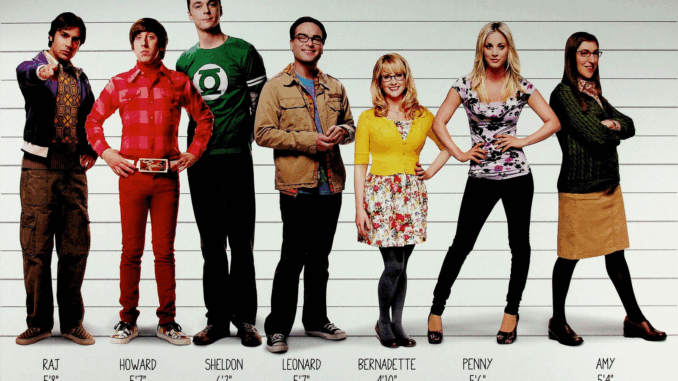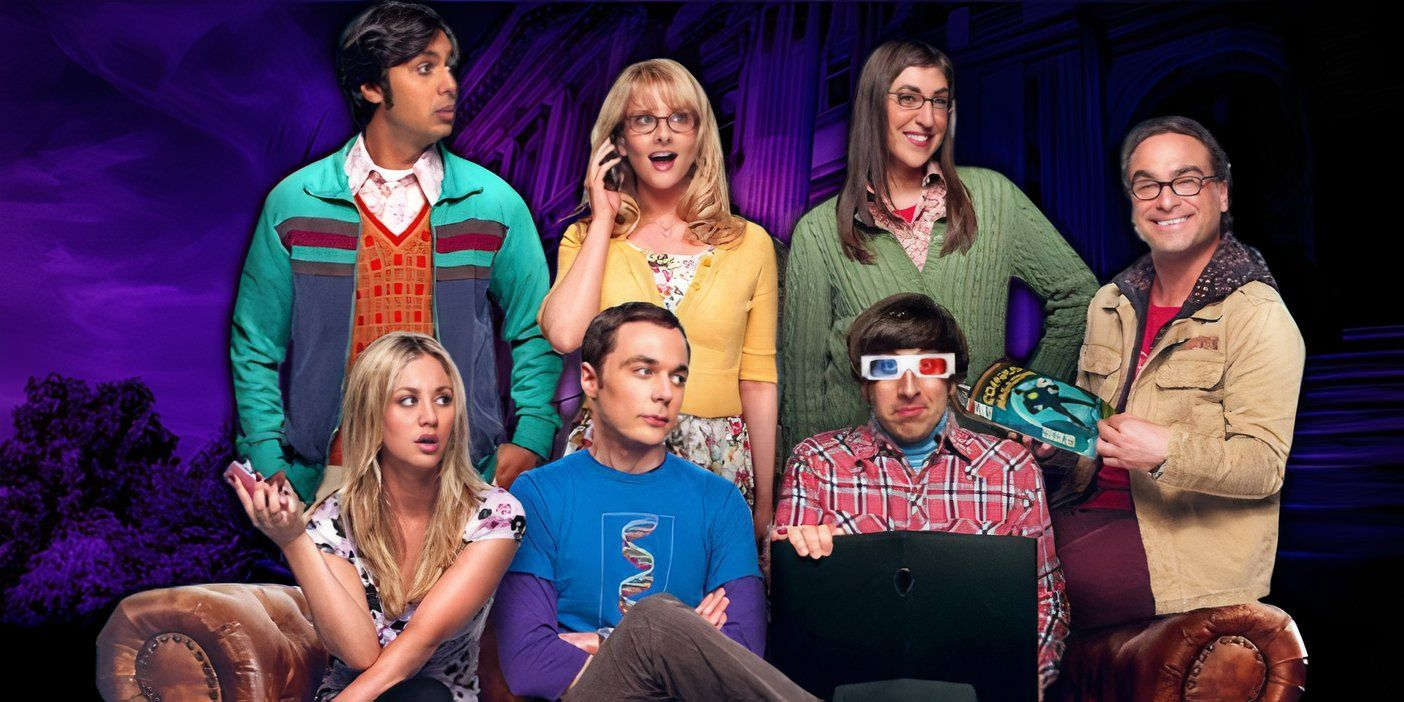
A Sitcom Built on Science—and Connection
At first glance, The Big Bang Theory seemed like a show about nerdy scientists and the occasional pop culture reference. But what kept millions of viewers coming back season after season wasn’t just physics jokes or Star Trek impressions—it was the incredible chemistry between the characters.
The group dynamic evolved from a cluster of awkward acquaintances into a tightly knit, believable, and deeply endearing circle of friends. That ensemble magic was the real secret behind the show’s long-running success.
An Unlikely Social Group
In the early episodes, Leonard, Sheldon, Howard, and Raj formed the show’s core. All four were hyper-intelligent but socially clumsy men with niche interests and minimal dating experience. They lived in their own bubble of comic books, cosplay, video games, and quantum mechanics.
Then came Penny—the aspiring actress with a golden heart and zero interest in Klingon. At first, she seemed like an odd fit. But her patience, humor, and emotional intelligence helped glue the group together, often guiding them out of their comfort zones and into real social connection.
Evolution Through Inclusion
As the series progressed, new characters became part of the friend group. Bernadette Rostenkowski (Howard’s partner) and Amy Farrah Fowler (eventually Sheldon’s girlfriend) added both diversity and dynamism to the ensemble.
-
Bernadette, with her fierce intellect and surprisingly commanding personality, balanced out Howard’s childish tendencies.
-
Amy, who started as a female Sheldon clone, grew into a vulnerable, witty, and fiercely loyal friend.
By the time the group began celebrating holidays together, going on trips, and throwing themed parties, it was clear: this wasn’t just a cast—it was a believable community.
Conflicts That Felt Real

What made the show’s friendships compelling was that they weren’t always perfect. There were arguments, jealousy, misunderstandings, and bruised egos. But like any strong relationship, they worked through it.
-
Sheldon’s rigid behavior often tested the group’s patience.
-
Raj struggled with loneliness and sometimes let envy cloud his judgment.
-
Penny and Leonard’s relationship created emotional ripples in the group dynamic.
But these conflicts weren’t just drama for drama’s sake—they reflected real struggles, making the characters’ loyalty to one another feel earned.
The Core Duo: Sheldon and Leonard
No pair better embodied the show’s central dynamic than Sheldon and Leonard. As roommates and polar opposites, their relationship was as frustrating as it was hilarious.
Leonard often played the exasperated straight man to Sheldon’s chaos, but their bond was rooted in deep, if begrudging, respect. Sheldon’s rare moments of gratitude toward Leonard—like gifting him a meaningful keepsake or acknowledging his value—always hit hard.
The Girls’ Bond: Wine, Support, and Science
One of the most satisfying elements of the later seasons was the friendship among Penny, Amy, and Bernadette. Their scenes often balanced heart and humor, from spa days to brutally honest heart-to-hearts.
They supported one another’s careers and relationships and provided a counterbalance to the sometimes-immature antics of the guys. It was a refreshing portrayal of female friendship—grounded in kindness, not competition.
The Group as a Whole
What The Big Bang Theory accomplished so effectively was ensemble storytelling. Every character had their moment. Every friendship was given space to develop. From joint game nights to wedding ceremonies, the group was portrayed not just as individual storylines, but as one evolving entity.
They celebrated each other’s successes, comforted each other in failure, and grew—together.
Final Thoughts
While the show may have started as a comedy about brilliant but awkward scientists, The Big Bang Theory blossomed into a story about human connection. Its most lasting impact is how it portrayed the awkwardness, joy, frustration, and beauty of true friendship.
In a world where so many sitcoms rely on snark and dysfunction, this show offered something different: hope that we can all find our people—even if we start with nothing more in common than an elevator that doesn’t work.
